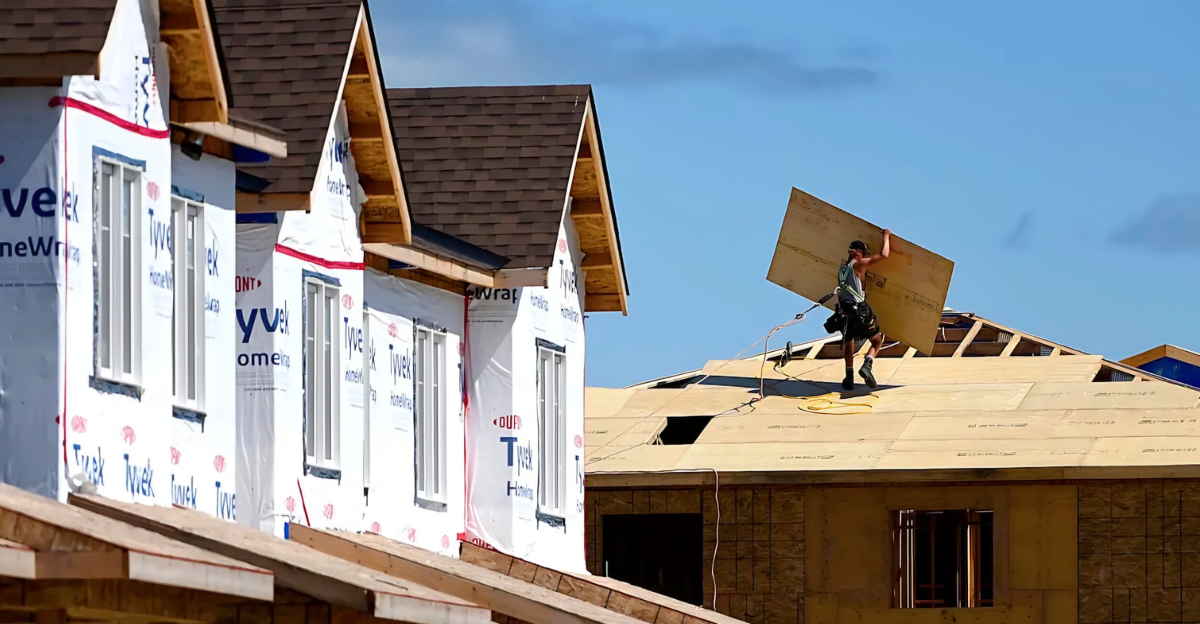
Something unusual is happening in the U.S. housing market. While home prices remain high, a real shift is happening behind the scenes.
Despite signs of economic recovery and expanding inventory in some areas, buyers are laying low in record numbers.
Sellers are more and more frustrated, many pulling their listings rather than taking lower offers. A key housing metric has hit levels unseen in decades. Economists are warning of larger economic implications.
The Number That Shook Economists

Home sales in 2024 hit just 4.06 million: lowest amount since 1995. For context, the U.S. population has grown by over 70 million people since then, yet housing deals have declined to three-decade lows.
Even though some forecasts predict recovery to 5.6 million sales in 2025, the present market depicts a significant downshift that’s concerning economists and policymakers alike.
It’s Not Just a Dip, It’s a Signal

This represents more than a temporary market correction. Recent data shows continued weakness in both new and existing home sales.
Historically, home sales serve as an early sign of wider economic velocity. According to the National Association of Realtors (NAR) and major real estate platforms, recent trends indicate underlying structural setbacks that go beyond typical market cycles.
Why Are Buyers Backing Off?
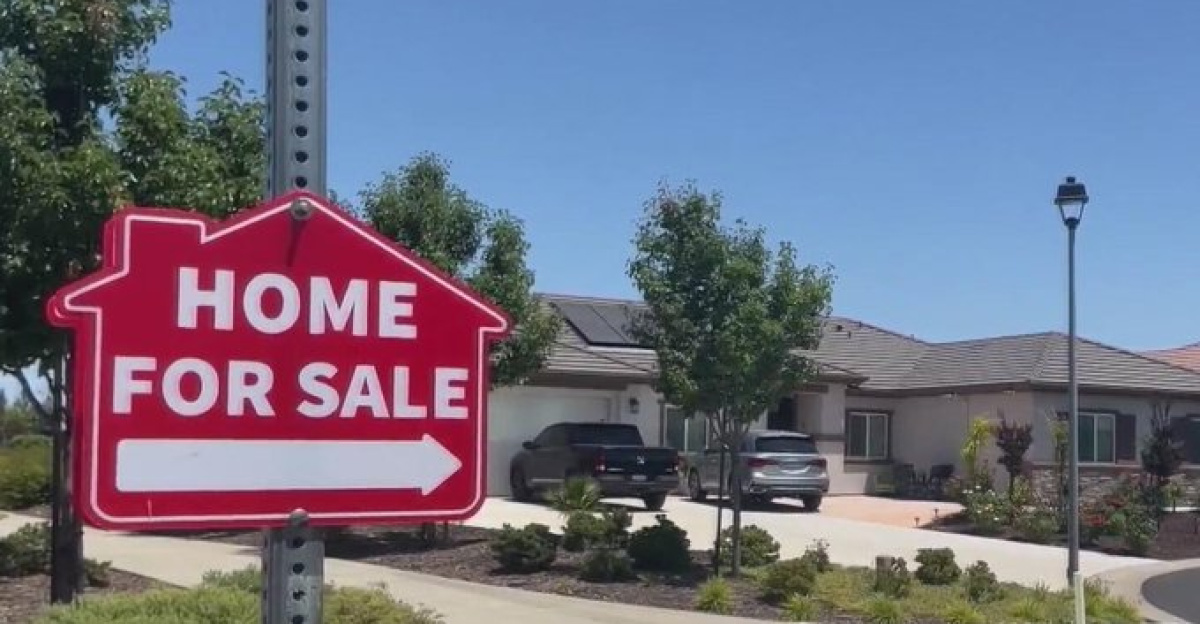
Price and affordability have become the primary obstacles. Mortgage rates currently average approximately 6.7%, more than double the ultra-low rates of 2020-2021.
Monthly mortgage payments for similar homes, once around $1,000, have surged to around $2,000 or more.
With property taxes, rising insurance costs, and general inflation, homeownership has moved out of reach for many potential buyers.
The Income-Price Gap Widens
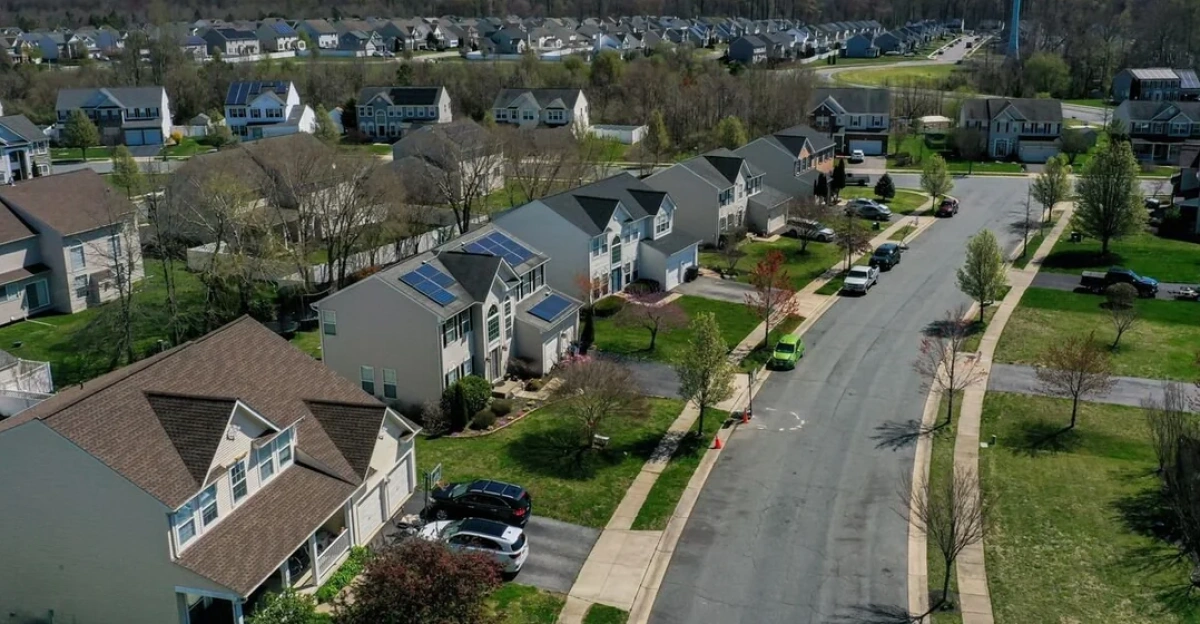
The fundamental economics are stark: median home prices now represent roughly 5-6 times the median household income, sufficiently above the recommended 2.6 ratio that financial experts advise.
Since the early 2020s, home prices have significantly outpaced wage growth, creating an affordability crisis beyond first-time buyers. Even qualified buyers are wavering due to the financial strain of current market conditions.
The Great Price Standoff

Sellers remain hesitant to lower their prices. Many existing homeowners locked in ultra-low mortgage rates during 2020-2021 and would face much higher rates if they moved.
This creates a “rate lock-in effect” where homeowners choose to stay still rather than trade up or downsize.
Therefore, while buyer demand has slowed, the narrow supply of inclined sellers has thwarted price plunges in most markets.
Inventory Rising, Activity Stagnant
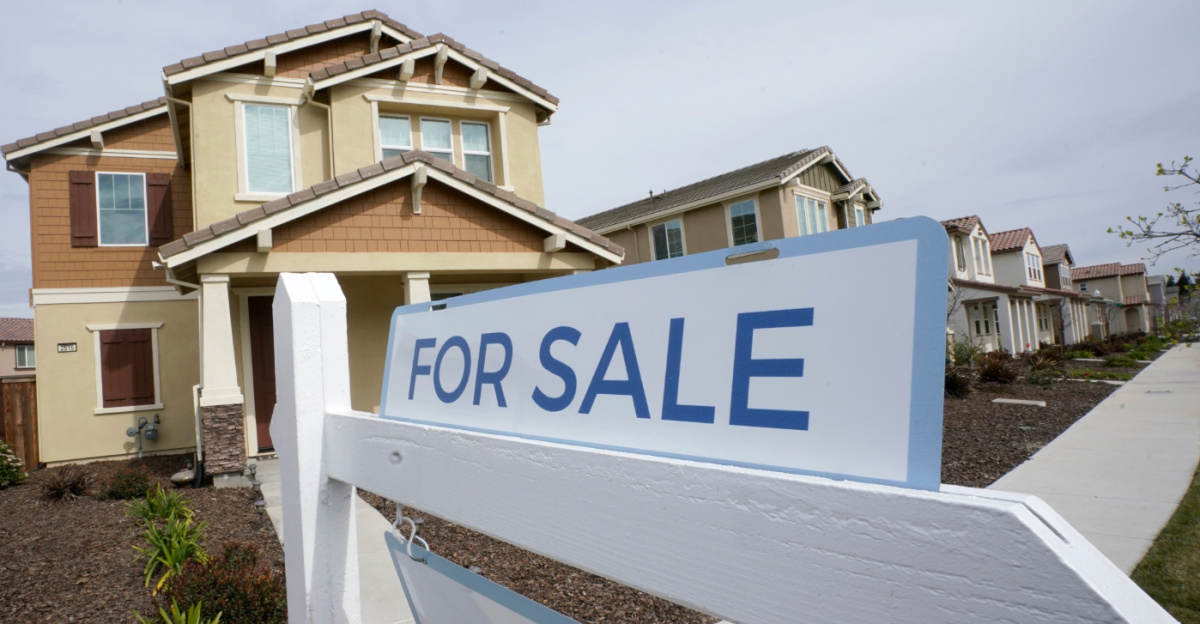
Some regions, particularly in the South and West, are experiencing inventory increases as homes sit on the market longer.
However, increased supply hasn’t led to increased sales activity as it typically would. Markets that were formerly red-hot are now seeing homes linger, and some sellers are choosing to delist rather than accept market-driven price adjustments.
Regional Variations Persist
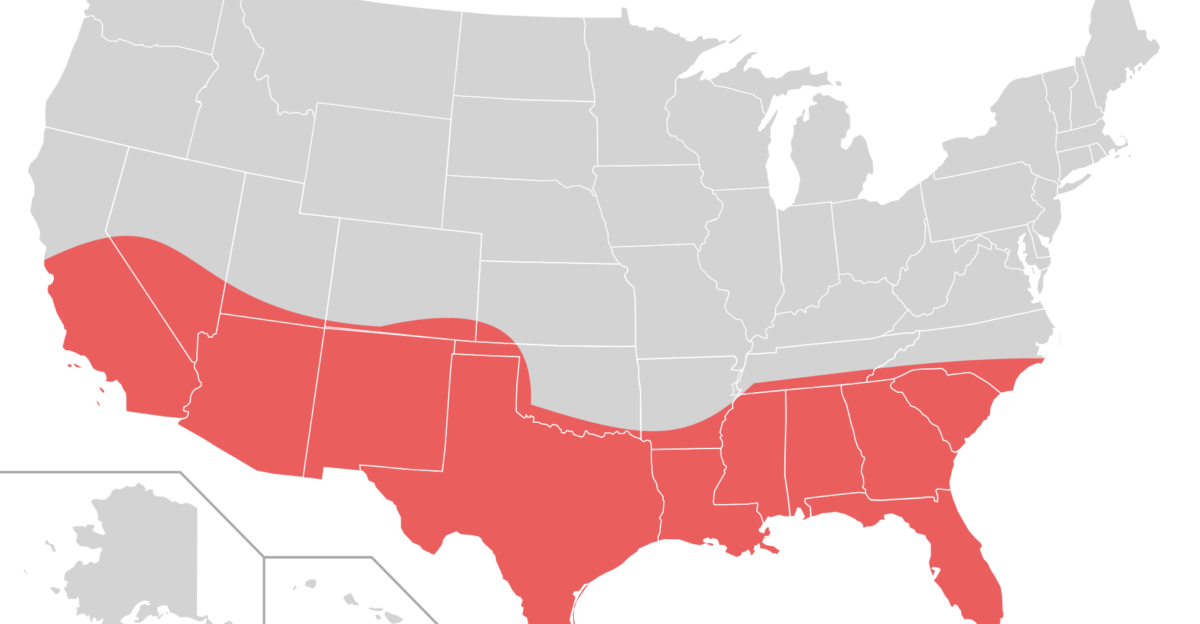
The slowdown isn’t uniform across all regions. The Northeast and Midwest generally show more stability, with less dramatic price appreciation during the pandemic boom and better relative affordability.
These areas also tend to have less speculative investment activity and more stable local employment, contributing to steadier market conditions than Sun Belt markets.
The Price Stability Paradox
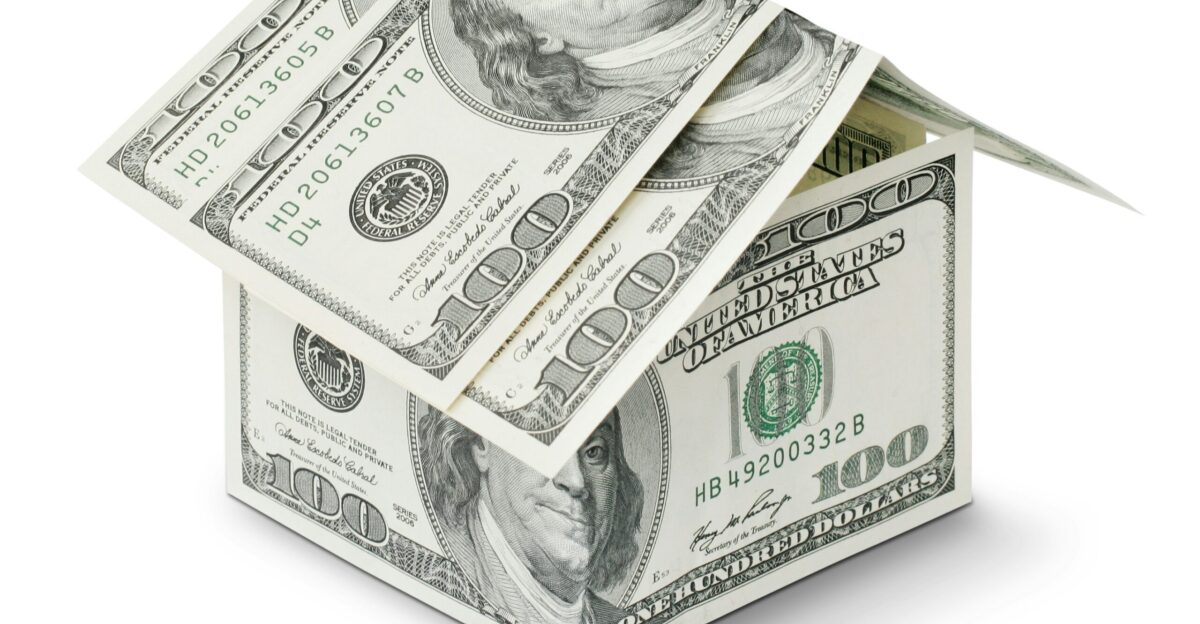
Home prices haven’t fallen dramatically in most markets despite lowered sales activity. This apparent stability disguises underlying market dysfunction: prices stay elevated not because of strong demand but because sellers are not intending to accept lower offers.
Industry forecasts still predict fair price appreciation through 2025, mostly due to continued supply constraints rather than strong buyer demand.
The Delisting Trend

Current statistics show that home delistings are 35% higher than in 2024, as sellers now opt to wait for the market instead of enduring prevailing prices.
The effect is particularly evident in regions that registered the largest price increases during the pandemic.
Sellers are unable to buy comparable replacement homes at decent prices, leading to a cyclical issue lowering market liquidity.
Economic Ripple Effects

Housing market weakness reaches beyond real estate into broader economic sectors. Reduced home sales affect furniture, appliances, construction materials, and related services.
The wealth effect from home equity gains has been a significant driver of consumer spending, and an extended housing slowdown could dampen overall economic growth. Financial institutions are also adjusting lending practices and profit expectations.
This Isn’t 2008, But It’s Still Concerning
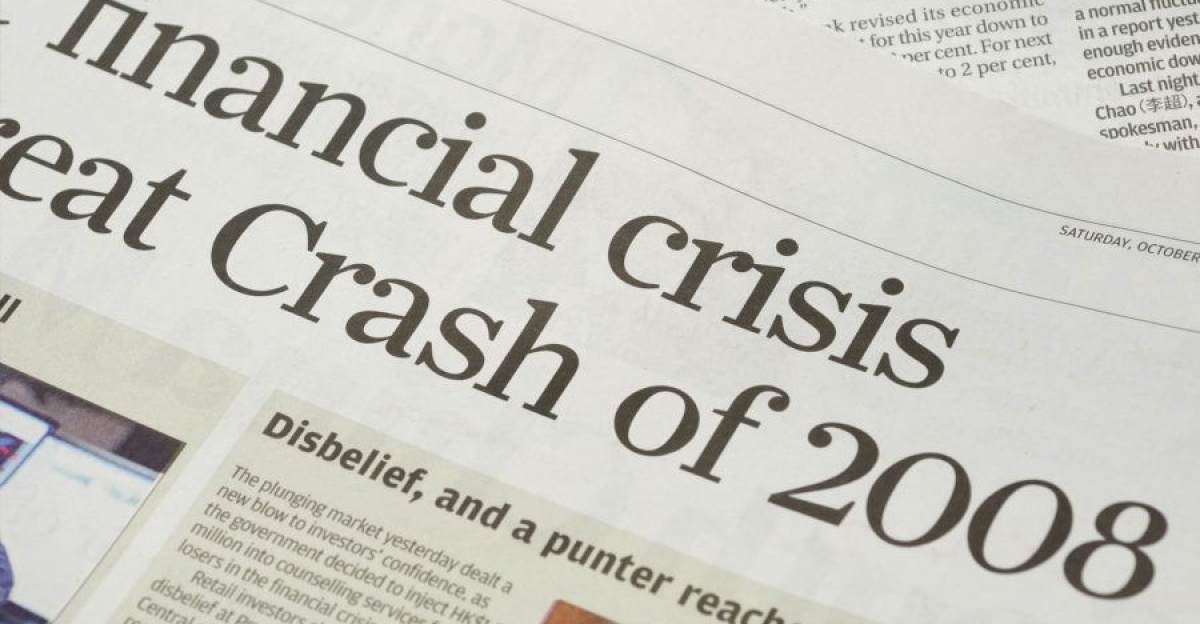
Current conditions vary fundamentally from the 2008 subprime crisis. Lending standards stay stringent, household debt-to-income ratios are manageable, and no widespread mortgage fraud or exotic lending exists.
However, the current situation presents its risks: a structural affordability situation with market gridlock that could persist until either rates fall or incomes rise.
What Might Shift the Dynamic?

Market recovery would likely require more affordability through a combination of forces: decreased mortgage rates, higher incomes, a larger number of homes on the market, or policy accommodation in the form of first-time buyer assistance programs.
However, relief in the short term is restricted, with inflation concerns still widely present and Federal Reserve policy still tight. Though higher in specific markets, new construction has yet to meet long-term demand.
Broader Implications

The housing market hold-up affects renters, homeowners, and the economy as a whole. Decreased buying activity can drive more people into the rental market, potentially raising rents.
Current homeowners may find it difficult to relocate for job opportunities or family needs. Industries dependent on housing transactions, from construction to financial services, are adjusting to reduced activity levels.
Looking Ahead
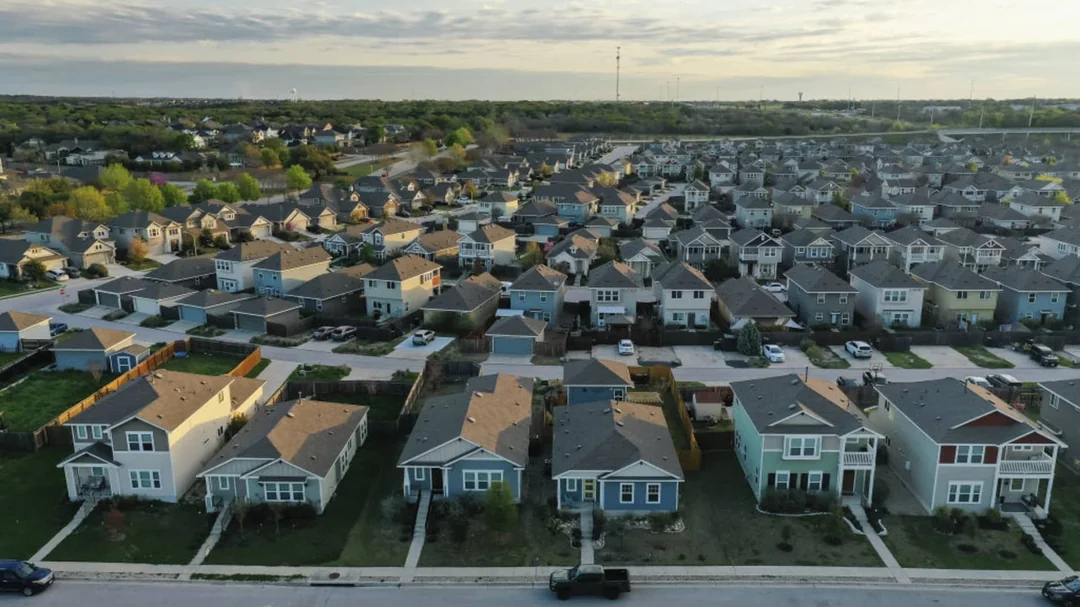
The U.S. housing market has entered uncharted territory with sales at multi-decade lows despite population growth and economic expansion.
The explanation of current conditions depends primarily on interest rate trends, wage growth, and policy reactions.
Market players must prepare for ongoing uncertainty and closely monitor local conditions, as regional variations may become increasingly important in navigation decisions.